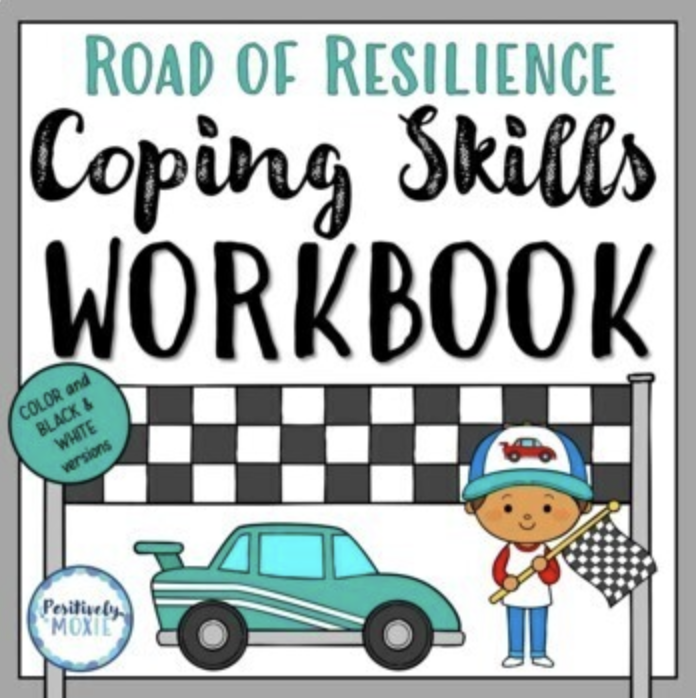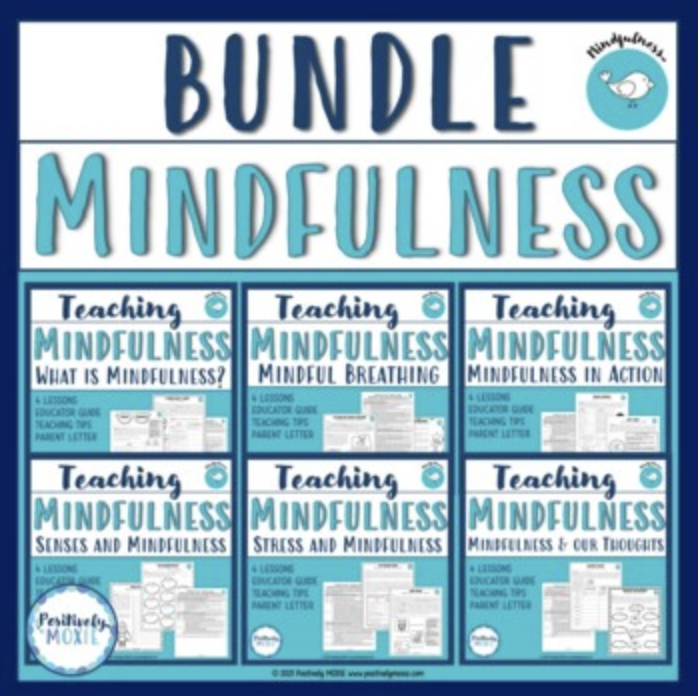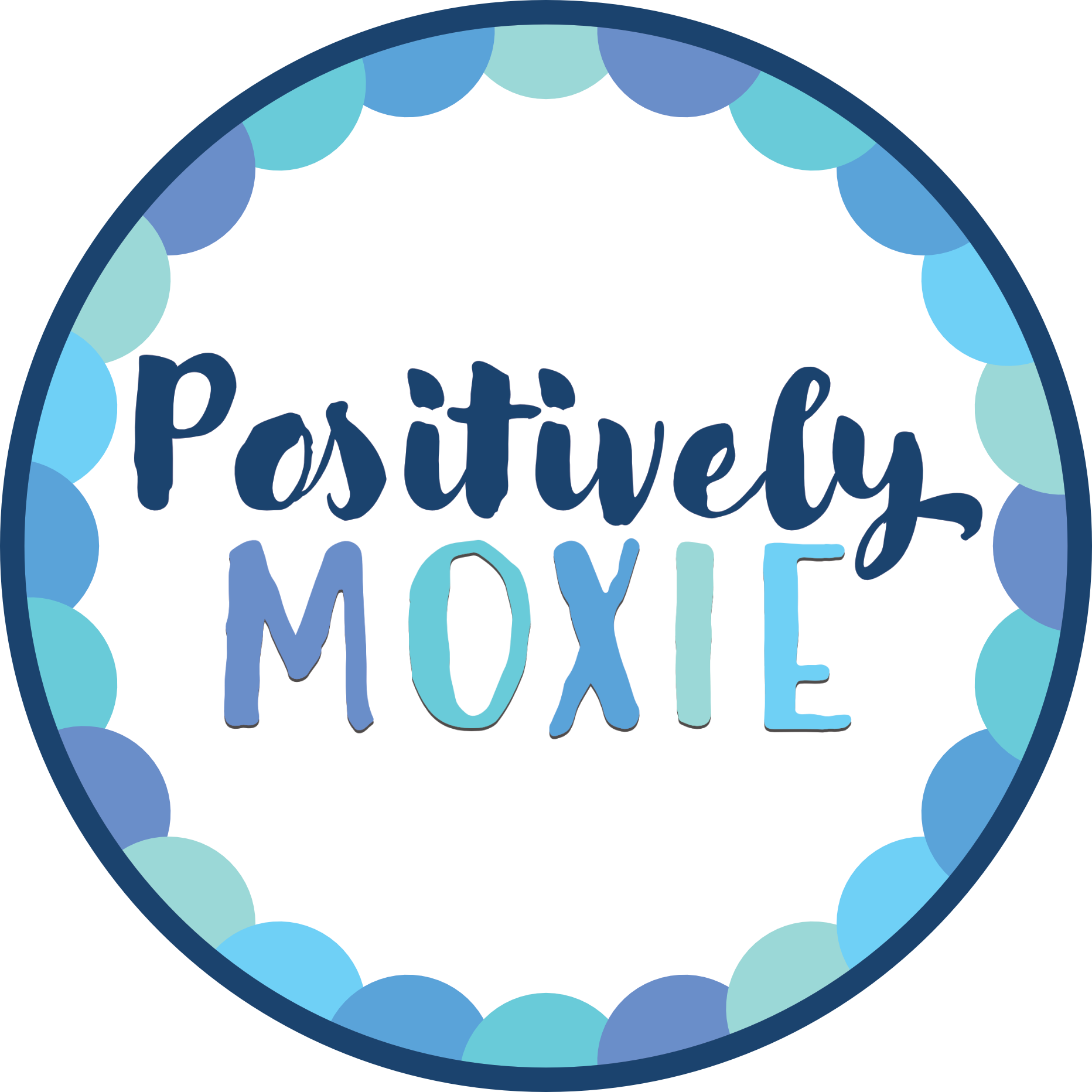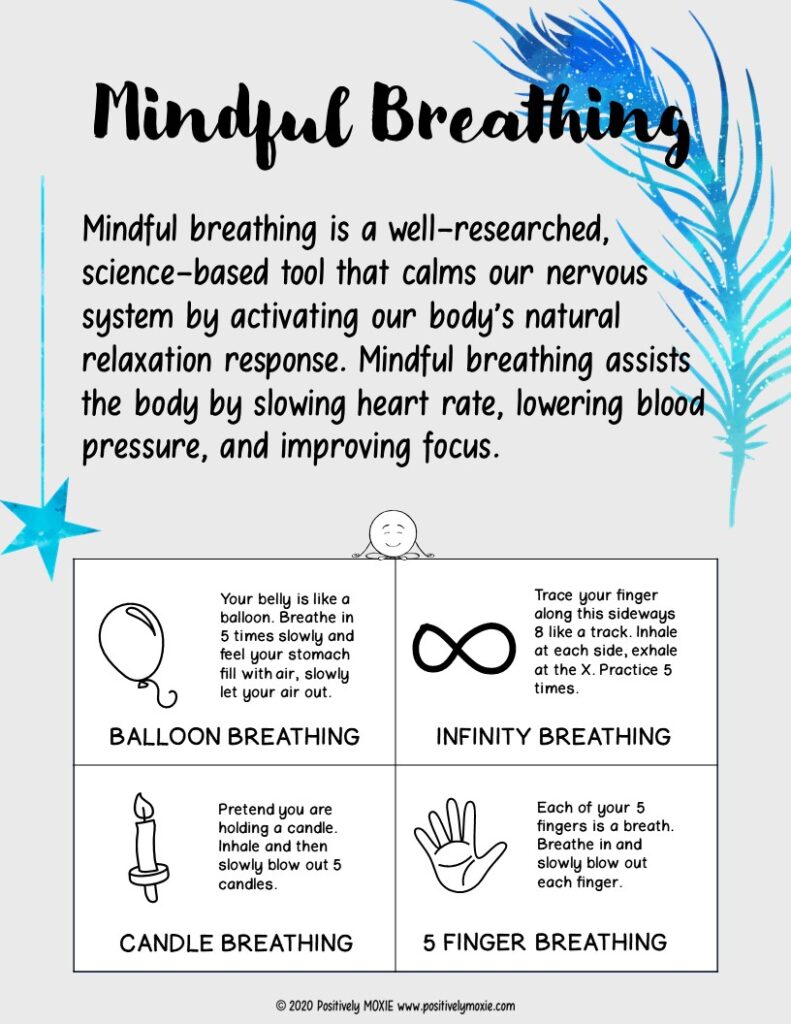All Students are capable of becoming calmer and more focused through these calming activities.
These calming activities for students will help calm their minds and bodies. As we all know, so much more goes into learning than just great teaching. We have to set our students up for success by teaching them how to focus. Teaching students calming activities is the great first step in creating a culture of learning in your classroom.
Mindfulness
Mindfulness is noticing our thoughts, feelings, and physical sensations in the present moment and it involves focusing attention on the present moment without judgment. Paying close attention helps us refocus and maintain attention to what is happening around us now. Mindfulness practices help us with attention, focus, and self-calming. It increases our resilience and well-being, bring on better healthy by improving our immune function (how we fight illness), improves attention, and helps our self-regulation. Click on the link below to get your copy of our 5 x 5 mindfulness activity. You may also watch this this video to see how a teacher using a short mindfulness practice everyday after lunch to get her class ready for the afternoon.
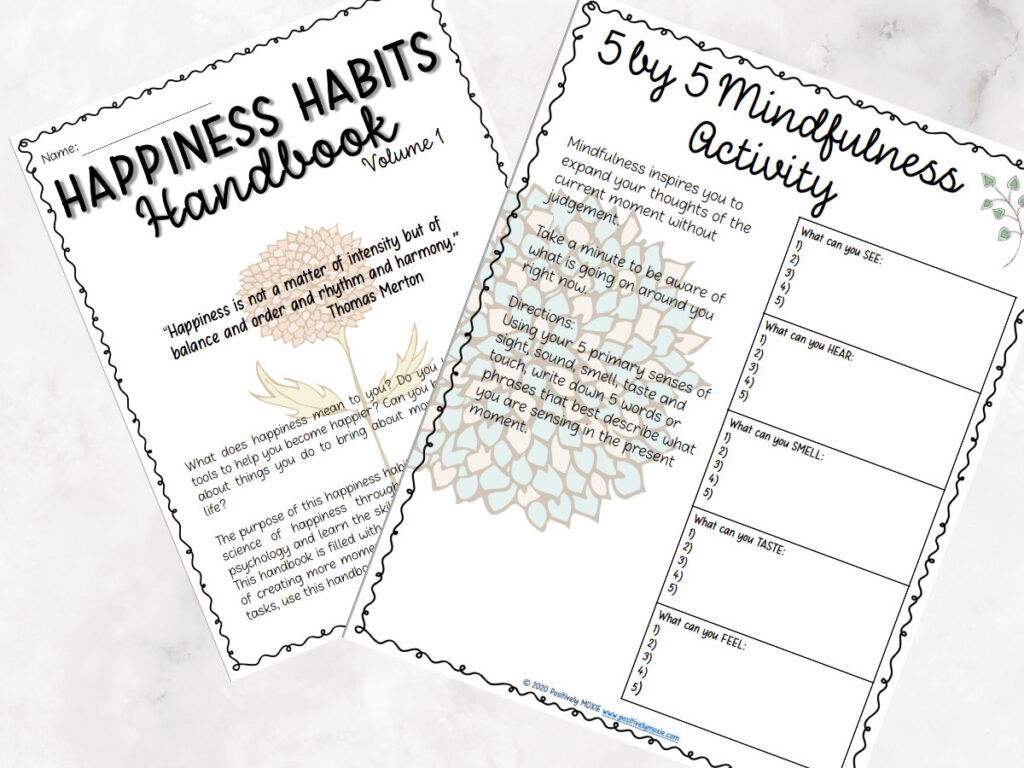
Mindful Breathing to Calm the Body
Another technique that people find helpful is Mindful Breathing. Mindful breathing is a science-based strategy that calms the body’s nervous system by slowing the heart rate, lowering blood pressure, and improving focus. Mindful breathing helps us pay closer attention to our breath, which helps us know what is happening with our mind and body. Breathing slower and deeper will usually help all bodies become calmer. When we take slow, deep breaths, our bodies begin to relax. As our bodies relax, this causes our minds to quiet or slow down, helping us concentrate on our breathing. A specific type of mindful breathing called Box Breathing is a tangible visual to help students begin practicing mindful breathing.
Resourcing
In the Community Resiliency Model, Resourcing is any person, place, thing, memory or part of yourself that makes you feel calm, pleasant, peaceful, strong or resilient. Resourcing is a strength-building skill. A resource can be anything that helps a person feel better. It can be a characteristic the person likes about him or herself, a positive memory, a personal, place, animal, spiritual guide, or anything that provides joy, peace or calm. The resource is simply brought to mind and at least 3 details about the resource are remembered and then one’s attention is directed to the sensations that are pleasant or neutral on the inside.
Hand over Heart
Another strategy to try comes form Dr. Siegel’s book, Brainstorm. To calm the mind and body, place one hand on your chest – over your heart region – and one hand over your abdomen. Gently apply a small amount of pressure through your hands to your body. Take a moment to notice how you feel. When you’re ready switch the positions of your hands. Move the hand on your chest to the belly and the other hand up to your chest. Apply gentle pressure and simply notice how you feel. To finish, place your hands in the position that felt best to you. Take a few moments to check in with yourself. What do you notice going on with your body? Did you feel a calming sensation through this activity? Could you tell the difference between left on top or right on top?
“Help Now!” Strategies
Help Now strategies help bring down activation within the nervous system when a person is stuck in either the high or low zone. The strategies help the person focus on something else besides the distress and the sense of being overwhelmed. The strategies activate other parts of the body and brain that help the person come back into balance. For example, slowly pushing against the wall, using the nervous system and bringing it back into balance.
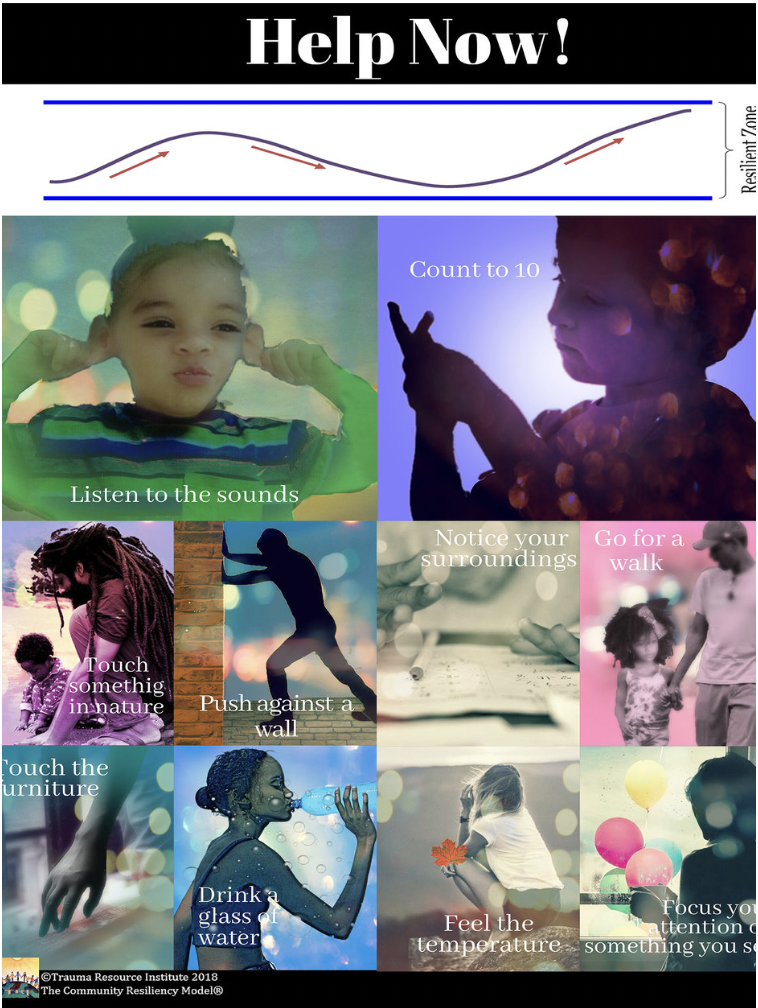
- Drink a glass of water, juice, or tea.
- Look around the room or wherever you are, paying attention to anything that catches your attention.
- Name 6 colors that you see in the room.
- Count backwards from 20 as you walk around the room.
- If you are inside, notice the furniture, and touch the surface, noticing if it is hard, soft, rough, etc.
- Notice the temperature in the room.
- Notice the sounds within the room and outside.
- If you are outside or inside, walk and pay attention to the movement in your arms and legs and how your feet are making contact with the ground.
- Push your hands against the wall or door slowly and notice your muscles pushing, or push your back against the wall, facing outward.
To learn more about resourcing or Help Now! Skills, iChill app from the Trauma Resource Institute.
To learn more coping tools, check out our Coping Skills Workbook for ages 8-12. Another great resource to specifically teach mindfulness, is our Mindfulness Bundle.
